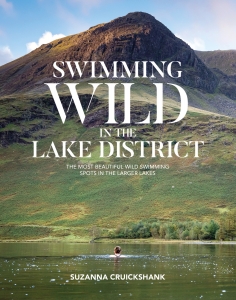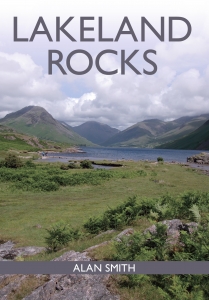Swimming Wild in the Lake District
by Suzanna Cruickshank, published by Vertebrate, £17.99, pbk
Read Review
Back in the days when I was finding my feet (so to speak) in the countryside, my mates and I used to seek out deep, narrow pools in little streams and leap in. Mesmerised by golden, peaty swirling waters, we were occasionally astonished to find ourselves swimming alongside big fat trout that had somehow been trapped in the pools (landlocked? Marooned? Neither word seems appropriate). We thought we were just leaping into streams for fun: I now know that we were “wild swimming”.
These days you’ll rarely catch me so much as unlacing my boots when I’m among the fells but after reading Swimming Wild in the Lake District I suddenly miss it. I’m not sure how wild swimming and I parted company; I suspect walking has increasingly obsessed me so much that I’d forgotten how much the two activities have in common – self-propelled travel, the gentle, meditative pace, that communion with landscape.
Swimming Wild… is a beautiful product, a wonderful marriage of well-written text that is both informative and descriptive, perfectly harmonised with stylish imagery by top mountain photographer Stewart Smith and Jane Beagley’s beautiful page designs.
The text though is the thing: each lake (water or mere) has its own chapter, with descriptions of the swimming to be experienced in different bays and stretches of shoreline. Introductory chapters make the reader conscious of the differences each lake might offer, in terms of their surrounding geology, resident birdlife, and the effects those factors might have on the water quality and conditions likely to be encountered: cercarial dermatitis anyone? Blue-green algae? The quantity of information provided is impressive.
I’m sold. A couple of years ago my brother, an open-water swimmer, gave me an outgrown wetsuit which hasn’t seen a drop of water since. It’s time I dusted it down, and rediscovered my webbed feet with the aid of this cracking guidebook.



